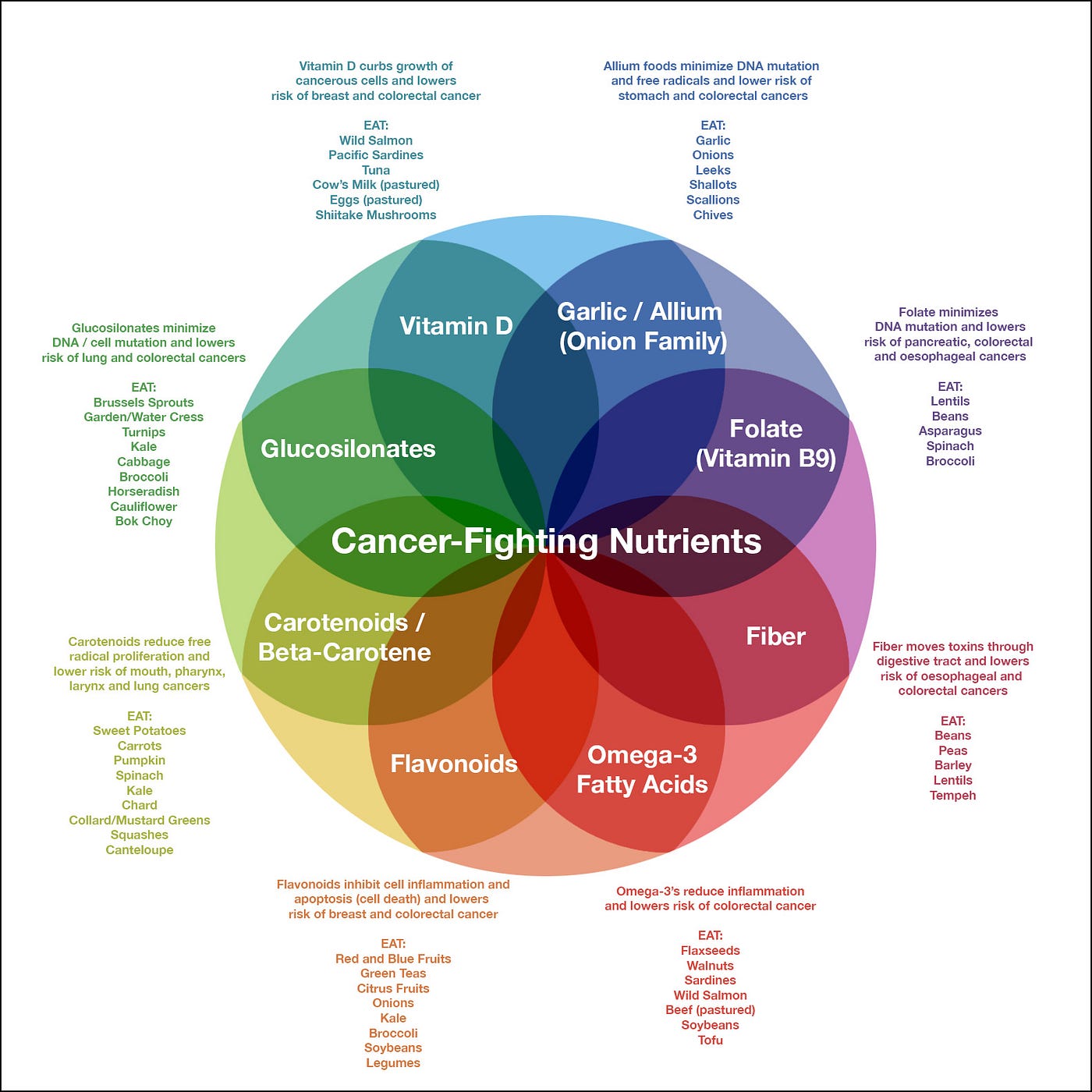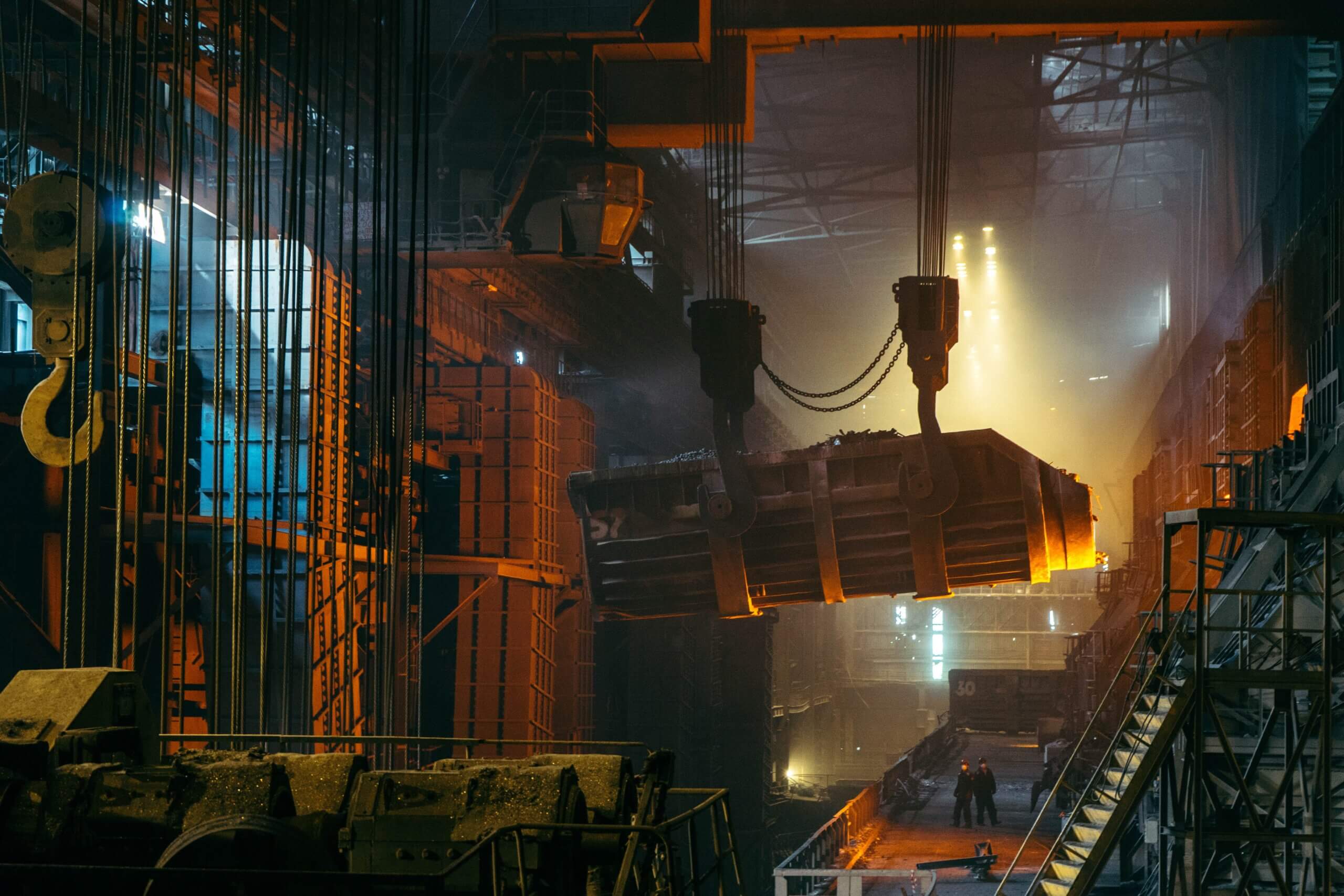As we did just yesterday, every winter weekend that I’m not in NYC, my family and I drive North from Toronto, through Ontario’s so-called “Greenbelt”—a protected swath of agricultural farmland—to ski. Every time we do, it seems that yet one more farm is abandoned, its infrastructure boarded up or falling apart—in ruin.
As a photographer and architect I am drawn to these things, often sneaking in to document them before they’re gone. Snapshots in time, the barn structures I photograph often fall within the season.
The collapse of barns is an apt proxy for what’s happening to farming at large. That is, it is disappearing, moving from the land to the factory; and from dirt-filled fingernails to pristine board rooms.
The farm… is dead.

Farming by the Numbers
Look at the graph above. Nearly all of us were farmers 200 years ago. By 1900, half of us remained so. By 2000, it was just 2.6%. Today, that figure stands at half of what it was just 20 years ago: now, 1.4% of Americans are farmers—and not the kind you picture in your head. Half are undocumented workers, earning less than they would for nearly any other job in the nation. Beyond the loss of the farms themselves, those who still earn a living that way face other pressures. According to the Guardian:
“Those who harvest, pack and sell us our food have the least power: at least half of the 10 lowest-paid jobs are in the food industry. Farms and meat processing plants are among the most dangerous and exploitative workplaces in the country.
Overall, only 15 cents of every dollar we spend in the supermarket goes to farmers. The rest goes to processing and marketing our food.”

As many food sellers now exist as farmers, while four times as many people are employed in food service—i.e. restaurants and bars. This is a group that barely existed just a century ago, when we farmed, harvested, cooked and ate what we grew.
It’s not just the United States.

Sicker and Sicker
The demise of the farm, and its consolidation into massive operations, should worry us for more than economic reasons. What’s far worse than financial ruin is the health burden of what has replaced it. What we eat has fully transformed, from foods nature made to support our health to chemical products dreamed up in a laboratory that hasten our death.
There is zero hyperbole in that statement.
As I wrote back in 2015 for Food Fit For Living:
“According to the American Journal of Clinical Nutrition (AJCN), the vast majority of our dietary calories — two thirds of it — comes from just four sources: Dairy (10.6%), Refined Grains (20.4%), Refined Sugars (18.6%), and Refined Oils (17.6%). It is far and beyond what we eat — not how much — that determines our overall health and the prevalence of so-called modern illnesses, from cancer to cardiovascular disease to diabetes to hypertension to osteoporosis and beyond. Consider the following statement from AJCN: “In the United States and most Western countries, diet-related chronic diseases represent the single largest cause of morbidity and mortality. These diseases are epidemic in contemporary Westernized populations and typically afflict 50–65% of the adult population, yet they are rare or nonexistent in hunter-gatherers and other less Westernized people.”
Simply put, our food is killing us. More on this in a minute.

According to Business Insider, just 10 companies now control everything you buy: Nestlé, PepsiCo, Coca-Cola, Unilever, Danone, General Mills, Kellogg’s, Mars, Associated British Foods, and Mondelēz. See the chart above. Four of them alone control at least 50% of the market share for 80% of all groceries.
The Guardian’s conclusion?
“A few powerful trans-national companies dominate every link of the food supply chain: from seeds and fertilizers to slaughterhouses and supermarkets to cereals and beers.
The size, power and profits of these mega companies have expanded thanks to political lobbying and weak regulation which enabled a wave of unchecked mergers and acquisitions. This matters because the size and influence of these mega-companies enables them to largely dictate what America’s 2 million farmers grow and how much they are paid, as well as what consumers eat and how much our groceries cost.”
So how exactly does this phenomenon tie in to obesity, rampant disease and death?
The answer, quite simply, is that the vast majority of products created by food companies are nutritionally poor (or bankrupt), and are engineered to maximize our addiction to them, be as cheap as possible to produce, and last as long as possible on a shelf.
We benignly call these things processed food products.
In all, about 90% of the dollars Americans spend on food goes to buying processed food products, according to Eric Schlosser, author of the seminal book Fast Food Nation. Ninety percent! Why so many processed products? Well, we can thank the USDA. Half of the annual $30 billion they provide as farm subsidies go to just 9.5% of the farms—the mega-large agri-businesses, specifically—that produce over 67% of the foods that we eat; and 90% of all subsidies, regardless of who gets them, according to the Cato Institute, goes to just five crops: corn, rice, wheat, soybeans and cotton. Ignoring the last non-food crop, the United States Government, through its subsidies, is in essence paying businesses to grow a very specific set of nutrients — nutrients that are unsurprisingly the foundation of the junk foods on which we spend 90% of our food dollars.
By the time they reach us, the crop foods are unrecognizable. Corn alone is used in over 4,000 items in the typical grocery store.
But processed foods aren’t that bad for us, are they?
A powerful paper prepared for the World Health Organization (WHO) jointly by the University of Oxford, the National Cancer Institute and Harvard University’s School of Public Health — included in full here — proposes that dietary factors account for 30% of all cancers, making it second only to tobacco use in cancer promotion.
And it’s not “just” cancers we have to worry about. Of the ten leading causes of death in the United States, just three of them are not related to our diet. As I wrote nearly a year ago, in Death and Diet:
“Approximately one third of all deaths from leading causes in the United States can be traced back to the toxic foods we eat. One third. That translates to 658,000 dead Americans every single year… from food.”
Diet kills 658,000 Americans every single year.
COVID-19—which brought the world to its knees, and still is—kills fewer Americans than the foods we eat. If that doesn’t give you pause, I don’t know what will.
The “demise of the (small) farm” is of critical importance, because the more farms that die, the more humans do, as well.

To understand just how sick these 10 conglomerates are making us, look at the graph above. Here’s how it works:
“Food causes 45% of all heart disease — the number one killer in the United States. Food causes 30–35% of all cancers — the number two killer, and one that is skyrocketing in lockstep with our waistlines, and likely to overtake heart disease just next year. Food causes 45% of all strokes, and roughly half — 50% — of dementia and Alzheimer’s. Food causes 45% of deaths due to diabetes. And while suicide isn’t caused by food, per se, the emotional climate food creates within our bodies means that people on healthy diets are less likely to kill themselves, because foods regulate their emotional health. Which means, a large portion of suicides may also be attributable, in the end, to what we eat.”
I left that off the list.
By contrast, real farms—the ones that created the majority of our foods until recently, and which we can find at farmer’s markets in major cities everywhere—are the antidote. Take cancer. I created the illustration below to show just how formidable nature is in supporting our health. If it didn’t, we wouldn’t be here:

Final Thoughts
The death of farming has precipitated the current annual death toll of more than a half-million Americans. It’s not just in the United States. The world over is increasingly adopting the Standard American Diet, and paying the heaviest price.
According to the WHO:
- Worldwide obesity has nearly tripled since 1975
- In 2016, more than 1.9 billion adults, 18 years and older, were overweight. Of these over 650 million were obese
- 39% of adults aged 18 years and over were overweight in 2016, and 13% were obese
- Most of the world’s population live in countries where overweight and obesity kills more people than underweight
This is what happens when 10 companies control farming, and diet. It not only starves us of the nutrients we need for optimal health—the 14 vitamins, 7 macro-minerals, 9 micro- (or trace) minerals, carbohydrates (fiber, starch and sugar) amino acids (proteins) and fatty acids (saturated and unsaturated) without which, in optimal proportion, illness sets in—it replaces them with things that overwhelm the body until its systems begin to break down, succumbing to illnesses that no pre-modern society ever had to contend with.
To avoid becoming a statistic, there is only one answer: eat real food. By “real”, I mean things—grown by real farmers—that your great grandmother would recognize. Things that expire and rot within a week’s time, if not days. Things whose ingredients—all of them—you have seen and can point to in nature. Whether plant or animal, the less processed the foods you eat are, the healthier they are for you, and the less you will be likely to overeat them, since they won’t have been engineered to bypass your body’s own natural “satiety signals”.
Eat. Real. Food.
Every time I drive North, I am reminded of a life that most of us once lived, not that long ago. On those trips, I am also reminded of the continued pressures that farmers feel—pressures that ultimately lead to more and more barns being abandoned, and falling. Apart from my architectural and photographic fascination with these ruins, my heart breaks.
Perhaps that’s why I spend so much time in them.


PS: If for whatever reason you’re interested in a deep dive into nutritional health, I contributed to a not-for-profit, ad-free, independent website for nearly three years on the subject. www.foodfitforliving.com Bon appétit.




























